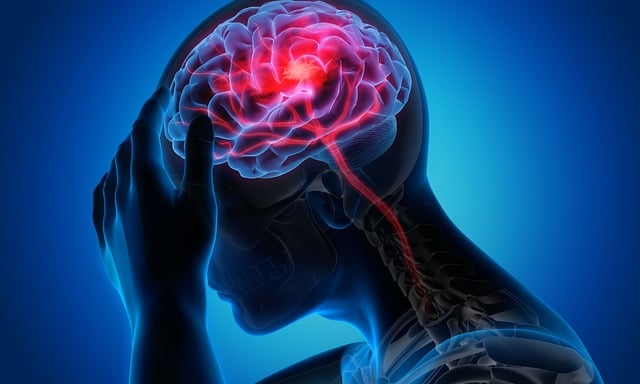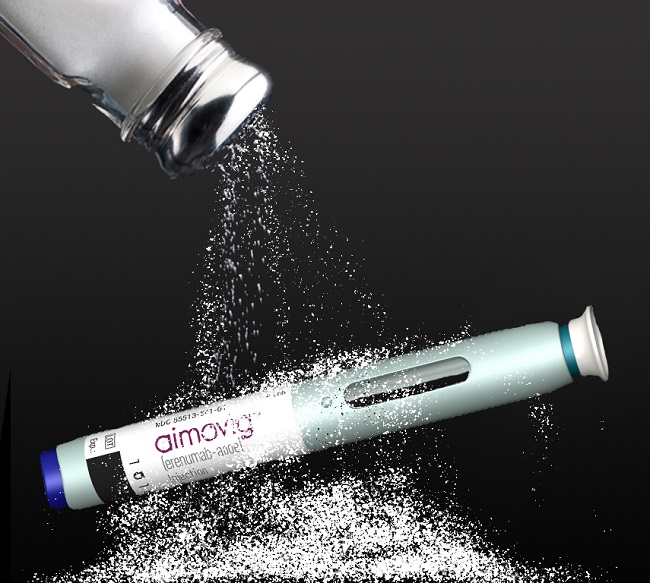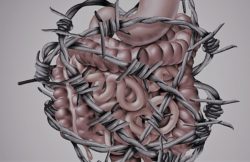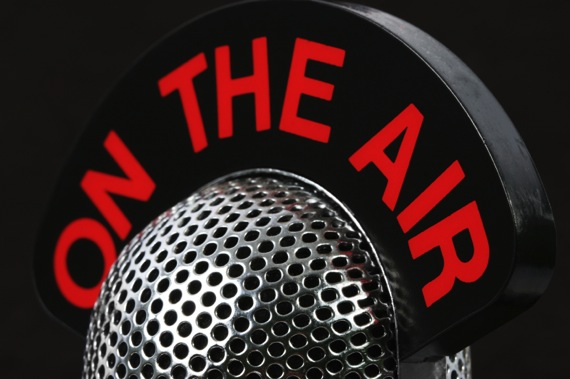Migraine has been the focus of my research for over the past decade. Over the years, I had been interviewed many times, some with more and others with less technological success. By this I mean, that sometimes the webcam malfunctions and other times the internet connection on the interviewer’s end fades in and out like one of these two podcasts here.
This time the interview went flawlessly. Everything worked. The interviewer was Dr. Shawn Baker, a surgeon and an athlete, and Zach Bitter, a teacher and ultramarathoner (yeah… 100 miles… oh my). The questions were interesting and covered a very broad range of topics related to migraine, such as diet, medical care, general health, and exercise.
The main concept of an interview like this is to help migraneurs and the general population learn about migraine. The benefit of having expert interviewers like Shawn and Zach is that different segments of the population may also learn. Many of the questions that Shawn asked were questions a doctor would ask to understand migraine better and the questions Zach asked were more appealing to the general population. He also brought up the question of vegetarians, vegans, and migraineurs, as well.
The interview covers how the migraine-brain develops. For example, cyclical vomiting syndrome and IBS are very typical migraine-brain developmental stages, with cyclical vomiting more frequent in pre-puberty boys and IBS in girls. Few doctors realize that these are migraine prodromes. We also discuss some of the medicines most often prescribed for migraine and some of the adverse events that are not recorded as well associated with their use.
Other topics covered include the role of carbohydrates, the genetic setup of the migraine brain, the role of channelopathy in the development of migraine-brain. While migraine as a form of channelopathy is not new, current research is not focusing much on this aspect. This is the very area where much of the benefit may be gained. I view migraine as a channelopathy and discuss this aspect at length. Channelopathy is not preventable or curable, but once its action on the brain is understood, its interference with normal life is preventable. The migraine prevention and treatment protocol that I developed in 2010-2012 and first published first in 2014, and later the second edition book in 2017, is based on preventing the activation of the channelopathic processes that can cause migraine.
Migraine is preventable without the use of any medicines.
Is Your Diet Giving You Migraines?
In case you prefer to watch it on YouTube, the link is here. Please share with migraineurs you know, so they can see that there is hope.
We Need Your Help
More people than ever are reading Hormones Matter, a testament to the need for independent voices in health and medicine. We are not funded and accept limited advertising. Unlike many health sites, we don’t force you to purchase a subscription. We believe health information should be open to all. If you read Hormones Matter, like it, please help support it. Contribute now.
Yes, I would like to support Hormones Matter.
Image by u_if8o5n0ioo from Pixabay.
















